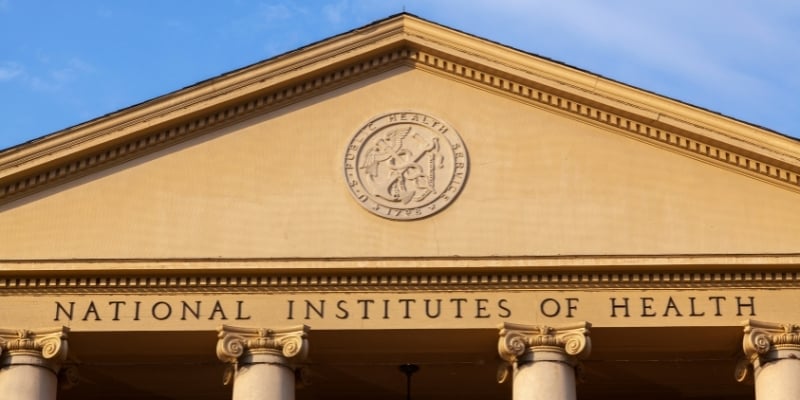The Colorado Department of Public Health and Environment received additional modeling results from an expert group of public health scientists. The current projection based on recent hospitalization trends is a stark contrast to previous reports, showing a sharp curve upward as cases and hospitalizations have increased over the last few weeks. The modeling team estimates that this is due to a decline in social distancing in Colorado in May and June.
Governor Jared Polis and State Epidemiologist, Dr. Rachel Herlihy, presented the information from the latest Colorado model report today. All modeling reports are available on the Colorado School of Public Health’s COVID-19 website.
The latest modeling report provides projections based on COVID-19 hospital census data to characterize the current status of the COVID-19 epidemic in Colorado, and the collective impact of efforts to reduce the spread of the SARS-CoV-2 virus. It also provides projections based on various policy scenarios around social distancing, mask-wearing, and case detection and containment. The models are based on Colorado data and assumptions.
Key findings from the report:
- COVID-19 hospitalizations have been increasing since late June.
- The estimated effective reproductive number has increased over the past two weeks and is now at the highest estimated value since late March. Social distancing has declined since May.
- Collectively, these data indicate that the trajectory of SARS-CoV-2 transmission in Colorado has changed over the past two months, from a curve of declining infections in May to a curve of increasing infections (see Figure 3 in the report). The most recent model results suggest the rate of increase has changed from slow growth to a more rapid increase in cases. NOTE: There is still uncertainty about the rate of increase. The estimates will be more certain as we track the rate of increase over the next week.
- If Colorado remains on the current estimated trajectory, it is expected that intensive care unit (ICU) capacity will be exceeded in early September. If social distancing continues to decline, Colorado could exceed hospital capacity in late August. Under these scenarios, without additional interventions or changes in social distancing, demand could greatly exceed hospital capacity.
- If social distancing is increased or other interventions to reduce transmission are implemented, the projected growth in infections and hospital demand is slower and, depending on the efficacy of these interventions, ICU capacity is reached in the fall or not at all.
The Colorado School of Public Health (ColoradoSPH) assembled the expert group that works with the state on modeling projections. The group includes modeling scientists at the ColoradoSPH and the University of Colorado School of Medicine at the CU Anschutz Medical Campus, as well as experts from the University of Colorado Boulder, University of Colorado Denver, and Colorado State University.
The state will continue to review data and model findings as the pandemic continues to inform future policy decisions.






